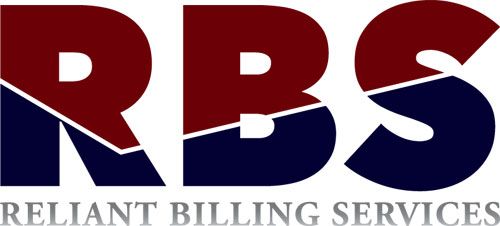Performing home healthcare often involves many of the same services that a standard practice delivers. But, despite the similarities between home healthcare and in-office services, billing for those services is substantially different. Urgent care visits always involve the use of an office code, for example. But home health is performed in the patient’s home, which requires the use of a different set of codes. Because of this, new home healthcare practices frequently make costly billing mistakes that lead to high accounts receivables and a lack of payment. But educating the practice on home healthcare billing code nuances like the following is one good way to mitigate this issue.
Mutually Exclusive Services
Some home healthcare services are mutually exclusive, meaning that you cannot perform two different services in the same month. So, for example, a practitioner will be unable to bill for both cognitive and chronic care since the services clash. Doing so typically results in a lack of payment, leaving the practice to absorb the cost of performing a service. Informing the practitioners about clashing services will better prepare the practice for uncommon situations that may result in revenue loss.
Time Based Home Healthcare Codes
In home healthcare billing, there are also time-based codes. This essentially means that a practice may only bill the payer for a code once in a calendar month. Attempting to bill that code more frequently than that will result in claim denials. This is why many practices mandate that a patient book multiple appointments to properly allocate their care based on the payer’s terms.
Home Healthcare Plan Oversight
Home healthcare plan oversight is a plan that is offered by the provider that refers to the supervision of a patient that requires the use of multiple disciplines. This often translates into the use of multiple practitioners. But, when it comes to billing, this type of patient also comes with complexities. From a payment standpoint, only one person can take the care of the patient. This means that either the Physician’s Assistant or the Physician must take the care of the patient. And the practice has to adhere to these guidelines to receive payment.
Billing Multiple Services
Billing multiple services in a home health environment is extremely complex and difficult to appropriately manage because the associate documentation has to be perfect prior to the claim submission. While a practitioner could feasibly provide both a wellness visit and a medication prescription at the same time, they have to have the right documentation in order to procure payment. And each service requires significantly different documentation. This is one reason why the office manager discourages patients from addressing lots of issues in the same appointment. Doing this creates potential payment issues for the home healthcare practice.
Home healthcare can be extremely gratifying. But it comes with a variety of different challenges, as well. From providing the patient with the exact services they need to ensuring that the structure of the visit adheres to the payer’s terms, the practice has a lot on its plate. But with the right education, it is possible to optimize billing efficiency within the practice.
Are you interested in learning more about reducing the bottom line for your home healthcare practice? Do you want to stop losing valuable revenue to common billing mistakes? If so, contact us today. Reliant Billing Services is a home healthcare expert that provides guidance and resources to clients across the state of Michigan.


